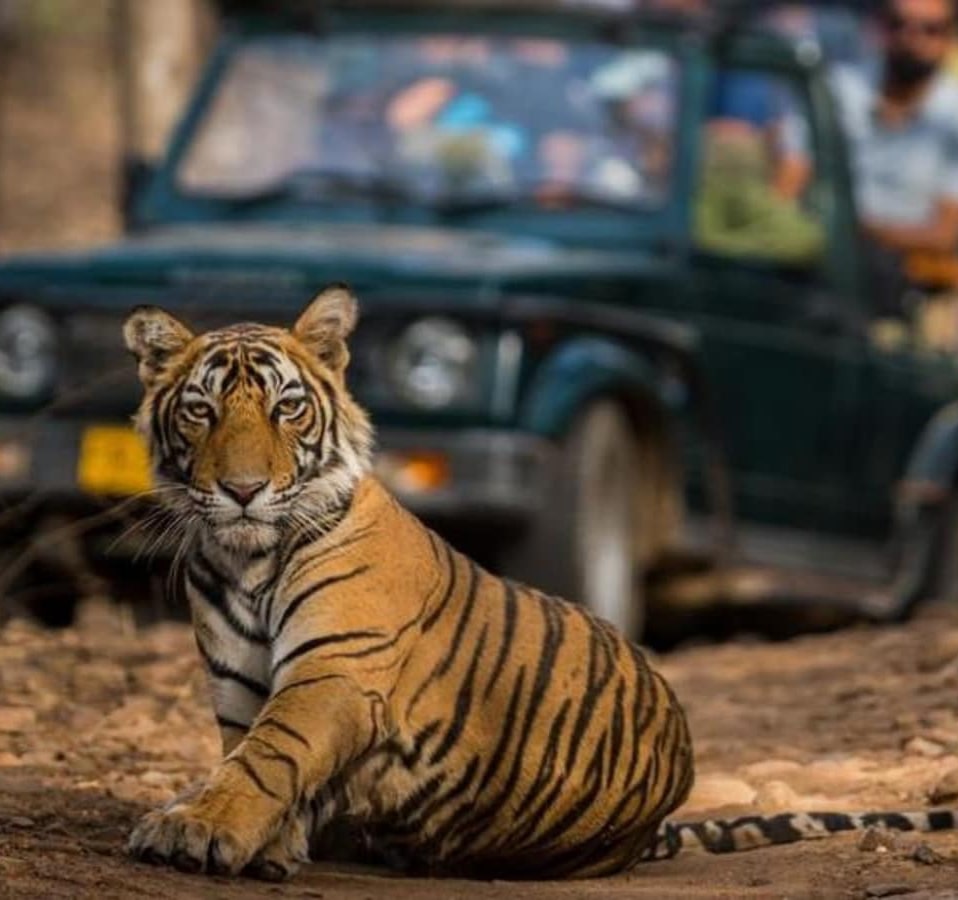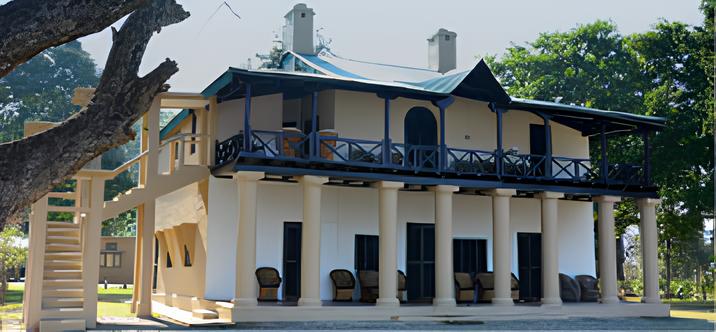The Jim Corbett National Park was established as India’s first National Park on 8th August 1936. Originally called the Hailey National Park after Sir Malcolm Hailey, it was later renamed The Ramganga National Park, but was finally renamed in honour of the famous local conservationist Jim Corbett after his death in 1953.

Plan your visit to Jim Corbett with ease! Get directions and essential details to reach us without any hassle.
By road: 240 km from Delhi International Airport; 60km from Pantnagar Airport. By Rail – direct line to Ramnagar from Old Delhi Station, 2 trains daily, Ramnagar station is 2 km from Sparrow Nest. Ramnagar is also served by the National Bus Service. All transfers can be arranged by Tigers in Corbett.
Delhi - 260 kms | Lucknow - 446 kms | Nanital - 66 kms | Ranikhet - 112 kms.
Jeep safaris are the ideal way of exploring the Indian land. Jim Corbett National Park endorses Jeep Safari, Bird Safari, Fishing safari and the Nature walk.
Sparrow Nest Corbett Home Stay is situated among the vast farming land, Surrounded by the natural beauty of the Corbett National Park. The Homestay offers a home like feeling and care from home away at Sparrow nest Corbett Homestay. Homestay also offers delicious home cooked food.
Explore More


Hear from our happy customers! See what they have to say about their amazing experiences with us.
Our guests love the quality of our service, and their words speak for themselves. Each testimonial reflects the trust and satisfaction we've built over time.